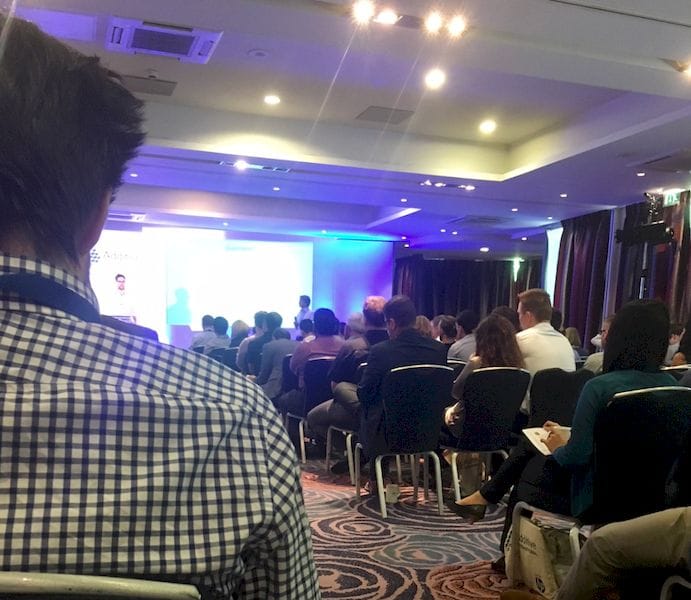
There was one presentation that did stand out perhaps more than any other.
This is part two of a two part series. Part one is here.
It stood out first because it did not do what it said on the tin, and second for the response it generated from the audience. The presentation was given by Lijuan Zhang from the National Innovation Institute of AM in China (NIIAMC), and it was titled “New materials for SLM.” It never quite got there, rather the presentation raised the issue of infrastructure and investment. Ms Zhang introduced the NIIAMC, and in truth it dominated her whole presentation.
According to Zhang, the NIIAMC is a new organisation (1.5 years), established by the government in China. It is the 2nd manufacturing innovation centre supported by “Made in China 2025” which is part of a 10 year national plan focusing on comprehensively upgrading Chinese manufacturing industry. This regional organisation currently comprises five leading universities in AM and 13 renowned companies operating in AM machines, materials, components and software development.
The biggest gasp came when Zhang relayed the funding they were working with — a combination of investments from national and regional government as well as corporate sponsorships and investment.
The total is RMB 1.035 billion.
It may as well be gazillions, and it’s infinitely more that is available for AM in any western nation undertaking a national strategy. This is not just about technology development, it’s a huge infrastructure project being built over 30 acres. It’s basically a town that is being built and will be fully dedicated to 3D printing and additive manufacturing. It will comprise many buildings — both for commercial and educational purposes, and, get this, a museum for all things AM. The town is due for completion in 2023. But by the end of this year there will be a fully functioning high tech district covering 28,000 square metres.
They’re well on their way of actioning the mission, namely to promote innovation and entrepreneurship, and drive transformation and upgrading of Chinese manufacturing industry; evelop core technologies and forge a new supply chain, leverage existing resources and establish a highly collaborative innovation ecosystem to bridge the gap between innovation and industry; and provide education and training in AM technologies to create an adaptive and leading workforce.
Research areas include design, materials, process, equipment and software; along with standards and certification and testing and validation. The materials covered (and this is the closest we got to the presentation title) include metals / ceramics / plastics / amorphous / supermolecular / composites /functionally graded / nano micro fabrication / smart material and 4D printing. As you would expect, industrial sectors include aerospace, automotive, medical, building construction and consumer goods. Zhang also covered organisational structure, development plans (including capacity) and new platforms.
She also indicated that there are already more than 40 types of metal and non-metal AM equipment in service along side public and pilot scale testing platforms under construction. At this point we were supposed to find out more about some of the research projects, including the headlining materials for SLM. She was out of time — I’m not quite sure if that was by design or not, but the point was well and truly made.
I heard more than a few sharp intakes of breath and mutterings from the audience as the levels of investment and the vision for an AM city were highlighted. Many of the mutterings, including my own, went along the lines of – “If only! Just imagine what [insert country of residence that’s not China] could do with that sort of investment ….”
I know money is not everything, I hate its power to corrupt, but there is no arguing that it can certainly buy advances with AM!
This is part two of a two part series. Part one is here.

